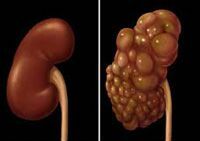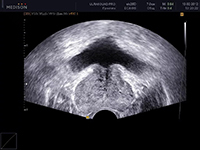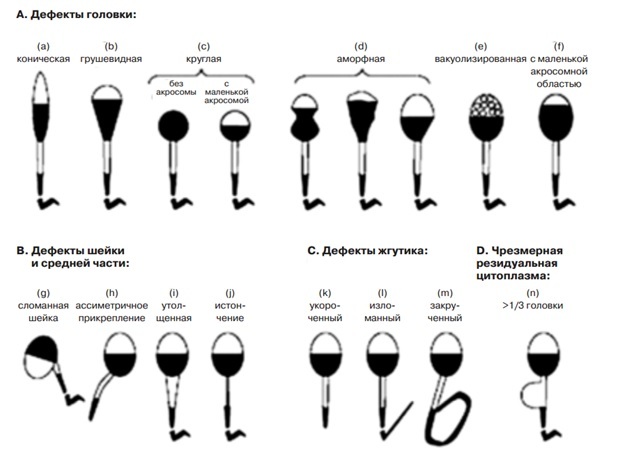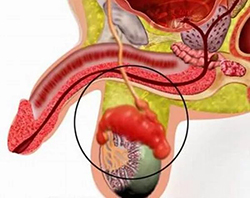Polycystic kidney disease
 Polycystic kidney disease is a genetic disease characterized by the formation and subsequent growth of cysts in the kidneys. This disease is often of a family nature, most often diagnosed in the age category from twenty to forty years, but it can also manifest itself in children and in old age. According to statistical data - this is the most common malformation of the kidneys. As a rule, both kidneys are involved in this process.
Polycystic kidney disease is a genetic disease characterized by the formation and subsequent growth of cysts in the kidneys. This disease is often of a family nature, most often diagnosed in the age category from twenty to forty years, but it can also manifest itself in children and in old age. According to statistical data - this is the most common malformation of the kidneys. As a rule, both kidneys are involved in this process.
Etiology, pathogenesis of
The causes of this anomaly are not known for certain. At the moment, several genetic defects have been identified, which lead to polycystic kidney disease. Some of them are caused by dominant genes, and one very rare type is a recessive gene( the disease develops only when a person has inherited one from each of the parents, or one from any parent a copy of that gene).With recessive inheritance - the disease begins to develop already in early childhood, and with the dominant - after reaching adulthood.
In both kidneys, multiple cysts begin to form, which gradually increase in size, squeeze and destroy a small, and sometimes quite a large part of the functional kidney tissue.
As the disease progresses, an increase in cysts leads to a reduction in blood flow through the kidneys, resulting in scarring. Also, kidneys can form stones, which in the end often leads to kidney failure.
This genetic defect can also be accompanied by the development of cysts in other internal organs( pancreas, liver, etc.).
Symptoms and course of
In most cases, this disease is of the dominant type and has been virtually asymptomatic for many years. Sometimes, polycystosis is detected quite accidentally during examinations, during surgical interventions, or in some cases even at autopsy.
In the recessive form of the disease( very rare), which develops in early childhood, the number of cysts and the increase in the kidneys is so high that it leads to a pronounced bulge of the stomach. In especially severe cases, the risk of a newborn's death soon after birth is very high, since the fetus itself develops kidney failure, which is accompanied by underdevelopment of the lungs. The liver is also affected, as a result of which by the age of 10 children suffering from this disease are prone to increased pressure in the blood vessels connecting the liver and intestines, resulting in eventually developing hepatic and renal insufficiency.
The most common symptoms include: discomfort and some soreness in the abdomen or in the hypochondrium, intense periodic spastic pain( due to kidney stones), frequent urination, blood in the urine( possibly with pus).There is also general fatigue, depression, nausea and other manifestations of gradually developing renal failure, due to the progressive loss of the kidneys of their functional tissue. Frequent infections of the urinary tract can also accelerate the development of renal failure.
About 30% of patients suffering from the dominant form of polycystic kidney disease, there are cysts in the liver, but they practically do not affect the adequate functioning of the liver. In 10% of the patients, there are areas of dilatation of the blood vessels located in the brain - the so-called aneurysms, which are very often expressed by rather severe headaches
Treatment
With this disease, treatment is only symptomatic. Patients should avoid prolonged walking, shaking, excessive physical exertion, colds, closely monitor the condition of the teeth and nasopharynx. In the case of the appearance of a hematuria, it is necessary to observe strict bed rest, which in most cases leads to the stopping of bleeding without the help of haemostatic drugs. In case of pyelonephritis joined to polycystosis , uroantipseptics and antibiotics are prescribed. Decreased kidney function causes a high-calorie vitamin-rich diet, with mandatory restriction of consumption of table salt and protein. With reduced diuresis, diuretics are used( aldactone, hypothiazide, lasix, etc.), and with severe arterial hypertension - hypotensive drugs. Operative intervention( opening of cysts) is appropriate only in cases of suppuration.
Timely and effective treatment of hypertension and urinary tract infections can significantly slow the progressive destruction of the kidney tissue, but even so, more than 50% of patients eventually develop kidney failure, which without chronic dialysis or without a kidney transplant inevitably leads to a lethalOutcome.
More articles on the topic:
1. Prostatitis treatment and the causes of
2. All about urolithiasis



